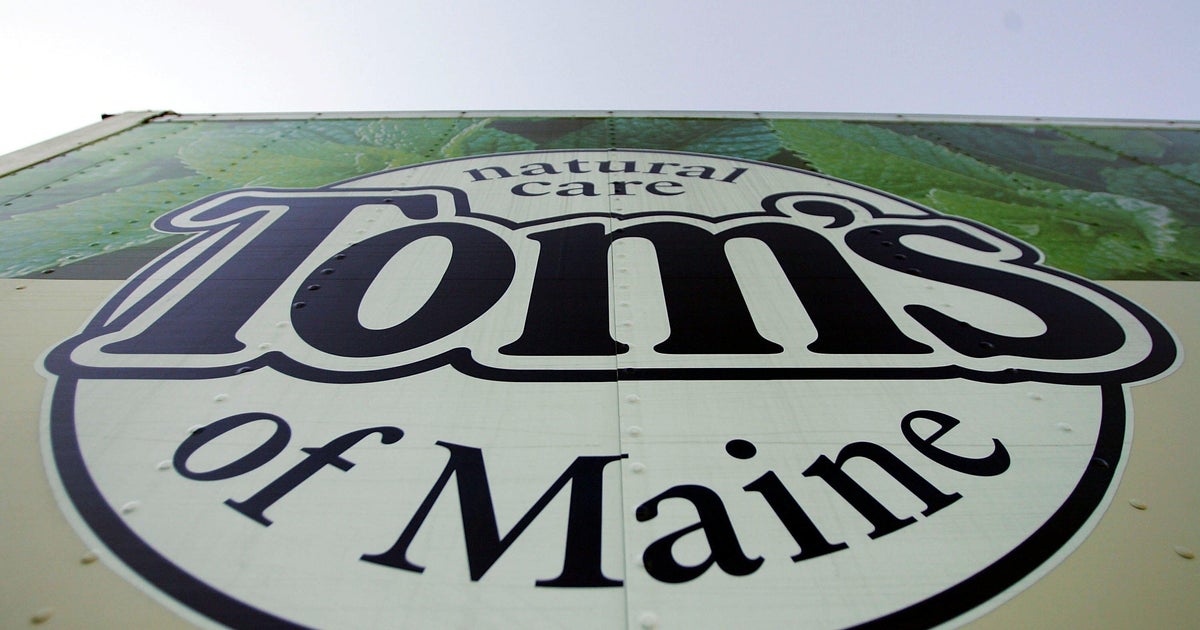Study: Nitrate pollution in U.S. drinking water could lead to thousands of cancer cases
A new study by the non-profit Environmental Working Group found that nitrate pollution in U.S. drinking water could cause over 12,000 cases of cancer each year. The peer-reviewed study is published in the journal Environmental Research.
Nitrates are a type of plant nutrient found in land and water ecosystems that are harmful to humans if consumed at high concentrations, according to the Environmental Protection Agency. They can find their way into drinking water through runoff from fertilized land, water treatment plants, leakage from septic tanks or sewage, industrial discharge, or the erosion of natural deposits.
The study claims to be a "first of its kind national analysis" assessing nitrate exposure from drinking water for the entire U.S. population. The researchers estimated the annual number of nitrate-associated adverse pregnancy outcomes, cancer cases and economic costs based off nitrate occurrence data for public water systems in all 50 states between 2010 and 2017. They concluded nitrate pollution in U.S. drinking water may cause up to 12,594 cancer cases per year.
"Nitrate contamination of drinking water is a serious problem, and especially severe in the nation's farm country," said Olga Naidenko, Ph.D., senior science advisor at the Environmental Working Group (EWG) and one of the study's authors. "Now, for the first time, we can see the staggering consequences of this pollution."
The EPA's current federal drinking water standard for nitrate, set in 1962, is 10 parts per million, or 10 mg/L. Last year, the Trump administration suspended an Obama-era clean water regulation which limited the use of chemical fertilizers that have the potential to run off into small streams. Under President Trump, the EPA has suspended plans to reevaluate its outdated nitrate standard.
The study found that "from 2010 to 2017, approximately 81 million people served by community water systems in the U.S. had a mean drinking water nitrate level of 1mg/L and above, while 6 million people had a mean level of 5mg/L or more nitrate in their drinking water."
"Millions of Americans are being involuntarily exposed to nitrate, and they are also the ones paying the heavy costs of treating contaminated tap water," said Alexis Temkin, Ph.D., a toxicologist at EWG and primary author of the study. "But the federal government is not doing enough to protect Americans from tap water contamination."
In a statement to CBS News, the EPA said:
"EPA regulates public water systems and has established standards for over 90 drinking water contaminants including nitrates and bacteria. In EPA's most recent statutorily mandated review of drinking water standards, published in 2017, the agency determined not to revise the existing nitrate/nitrite standards. EPA will continue to monitor research on nitrates and other drinking water contaminants and will determine the next steps as appropriate in future reviews of drinking water standards."
The Environmental Working Group has sometimes come under fire for its methods and warnings that are not always in agreement with other global organizations.
Correction: An earlier version of this story attributed part of the study findings to researchers from Northeastern University, who did not participate in this study.



